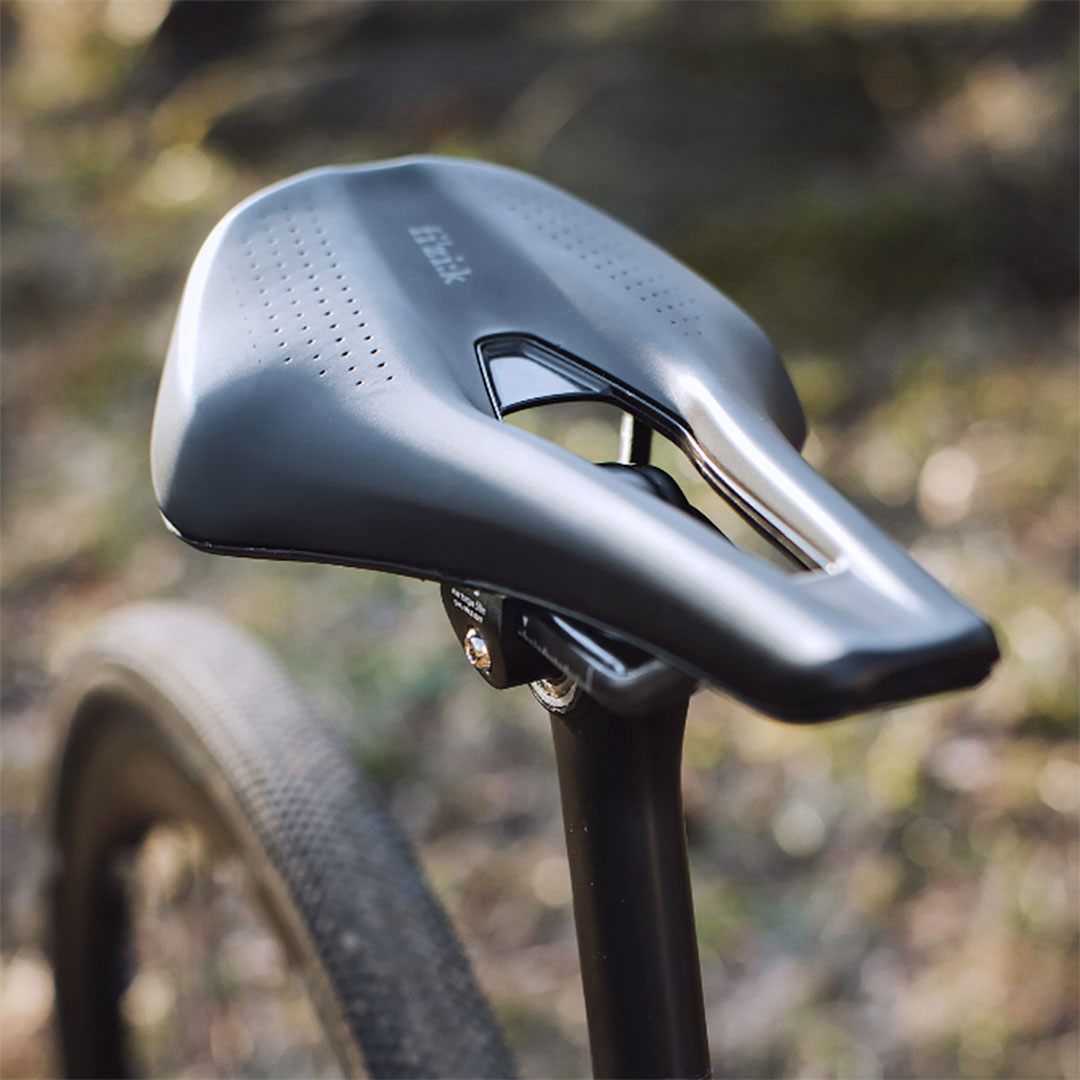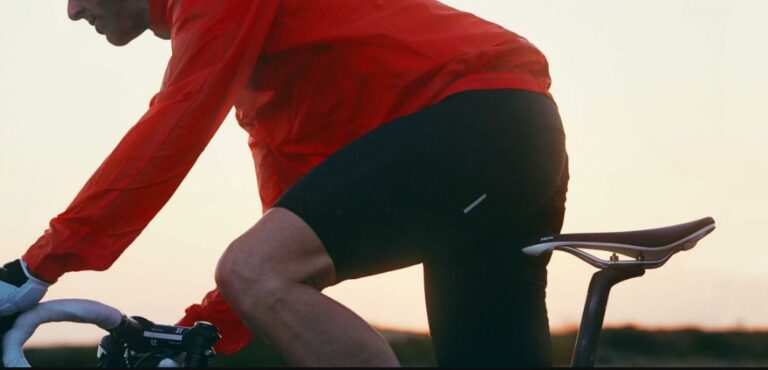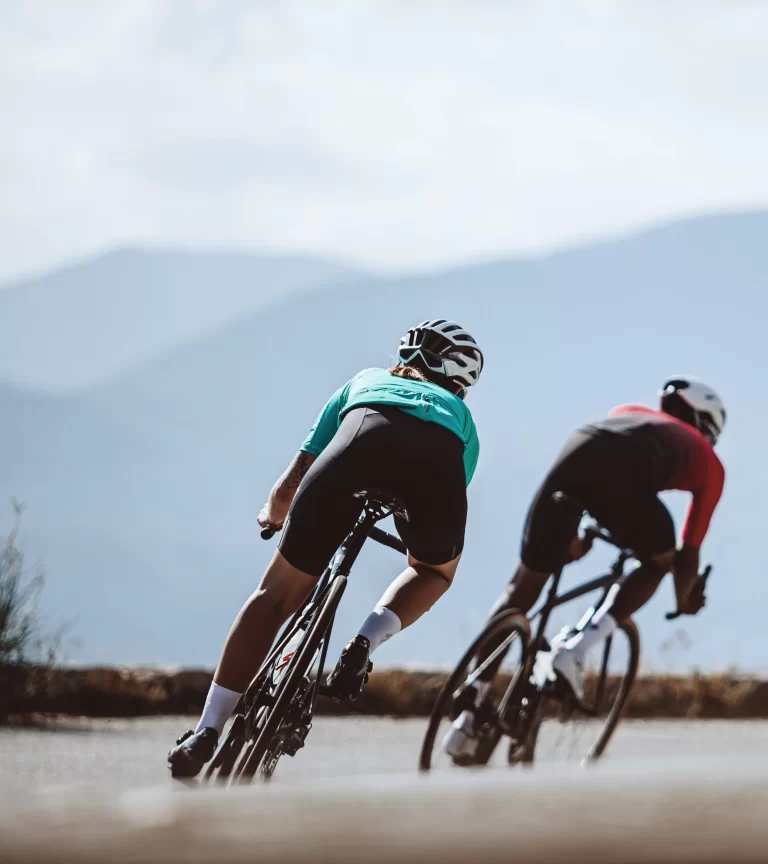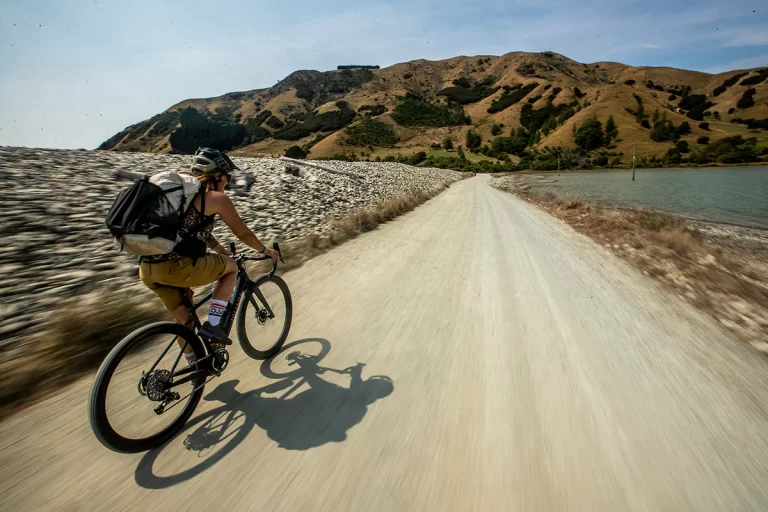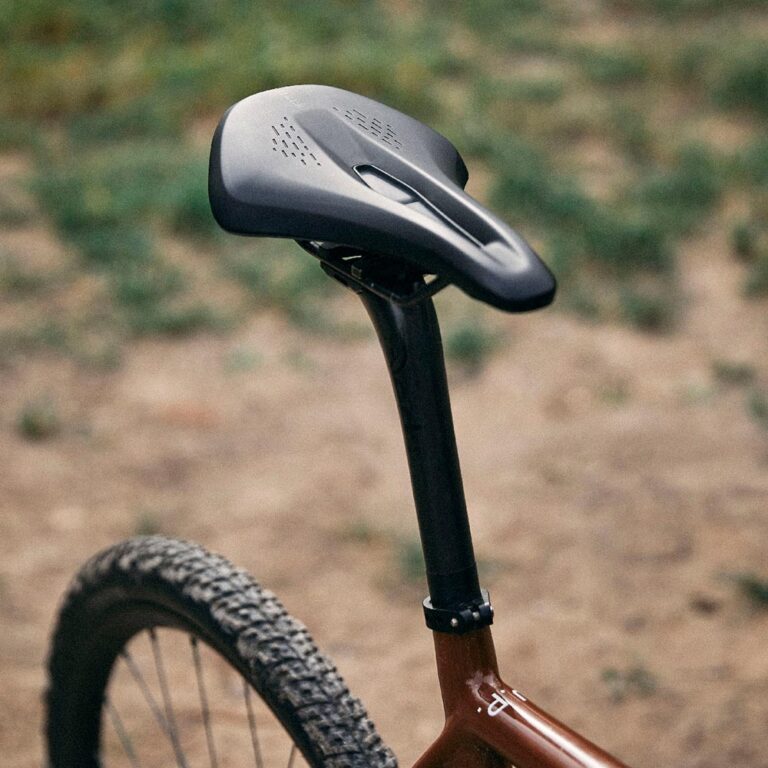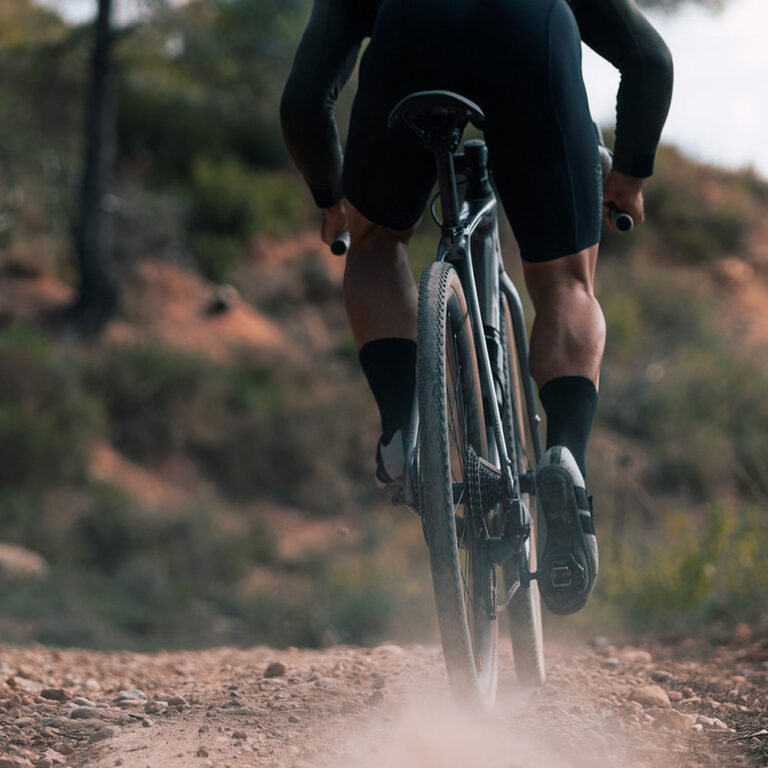Dealing with Saddle Discomfort on Long Rides: Essential Tips and Personal Insights
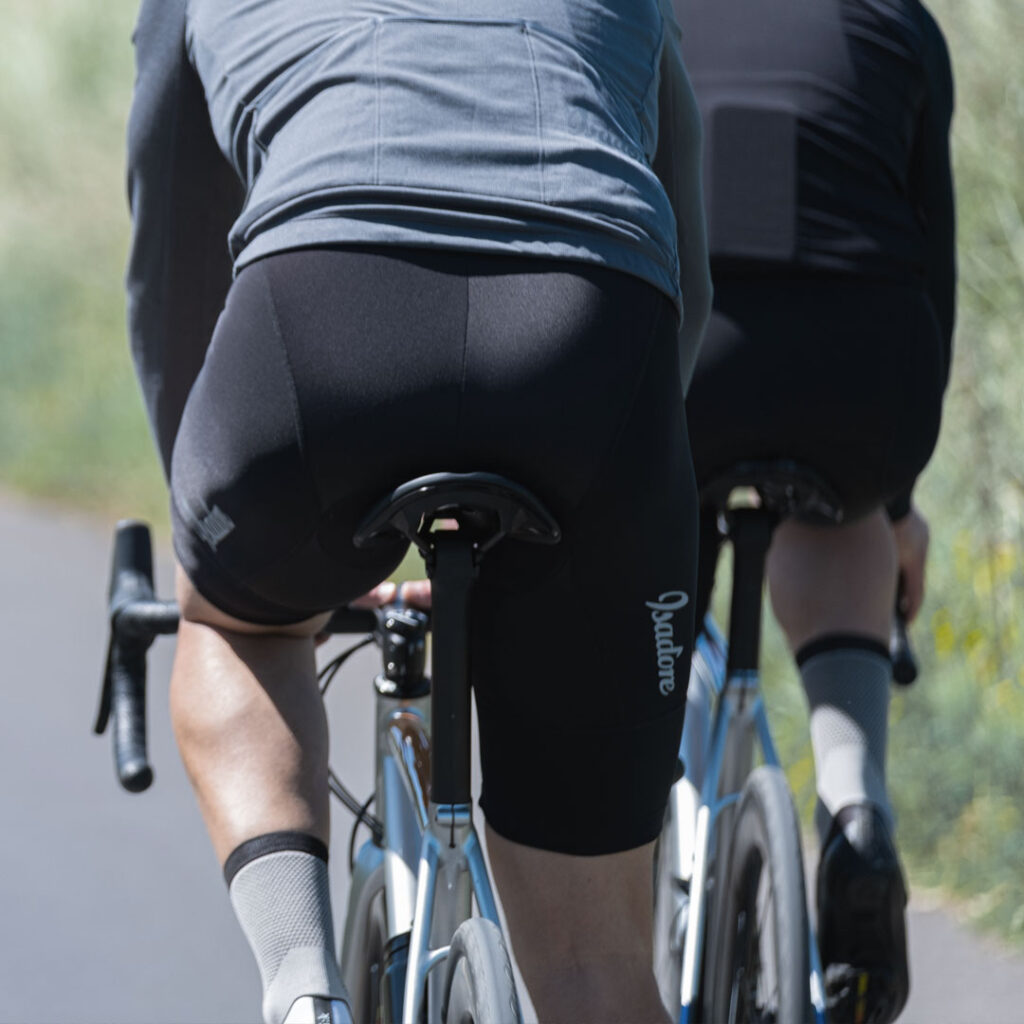
Key Point Summary of Dealing with Saddle Discomfort on Long Rides:
- Identifying Causes of Saddle Discomfort: Understanding what contributes to discomfort during long rides.
- Solutions for Saddle Comfort: Practical tips to enhance saddle comfort for extended cycling.
- Personal Adjustments and Equipment: Tailoring your bike setup and gear for optimal comfort.
As a master cyclist who’s spent countless hours on mountain bikes, gravel bikes, and cyclocross bikes, I’ve experienced my fair share of long rides and the inevitable saddle discomfort that can come with them. Whether you’re just starting out or have been riding for a while, managing saddle discomfort is crucial for enjoying those longer journeys. Let me share some insights and personal anecdotes that might help you overcome this common cycling hurdle.
Identifying Causes of Saddle Discomfort
Saddle discomfort on long rides can stem from several factors, each playing a significant role in how you feel during and after your cycling adventures. Understanding these factors is the first step toward finding a solution:
- Improper Saddle Fit: A common issue is using a saddle that doesn’t match your sit bone width. A saddle that’s too narrow fails to support the sit bones properly, while one that’s too wide can cause chafing and discomfort on the inner thighs. I recall once borrowing a friend’s bike for a ride. The saddle was far too wide for me, and it resulted in one of the most uncomfortable rides I’ve ever had, teaching me the importance of a correctly sized saddle.
- Incorrect Bike Setup: The height, angle, and fore-aft position of your saddle can greatly influence comfort. A saddle that’s too high can cause you to rock side to side, leading to discomfort, while one that’s too low can increase the strain on your knees. As for the angle, a saddle tilted too far forward or backward can lead to pressure on unwanted areas. I remember spending a weekend adjusting my saddle by mere millimeters, which surprisingly made my long rides much more enjoyable.
- Lack of Conditioning: Especially for beginners, saddle discomfort can be partly due to a lack of conditioning. Your body needs time to adapt to spending long periods in the saddle. I used to struggle with rides over an hour, but with consistent training, my endurance improved, and so did my comfort.
- Choice of Clothing: The type of clothing you wear can also contribute to saddle discomfort. Non-cycling specific shorts can bunch up and cause chafing. Once I switched to high-quality padded cycling shorts, the difference in comfort was night and day.
- Inadequate Padding: Both the padding on your saddle and in your shorts play a role. Too much padding can be just as problematic as too little, as it can lead to more movement and friction. Finding the right balance is key. I’ve experimented with various padding levels and found that medium-density padding works best for me.
- Riding Style: Your riding style, such as how much you shift your weight or alternate your sitting position, can also affect saddle comfort. On rough terrains, like gravel paths, not adjusting your position can lead to more discomfort. I’ve learned to shift my position slightly on longer rides, which has helped reduce pressure points.
- Personal Health Issues: Sometimes, underlying health issues like skin conditions or nerve problems can manifest as saddle discomfort. It’s crucial to consider these factors, especially if the discomfort persists despite trying different saddles and setups.
Understanding these various factors that contribute to saddle discomfort can empower you to make the necessary adjustments for a more comfortable and enjoyable riding experience. With the right setup and a bit of trial and error, long rides can become something to look forward to, rather than endure.
Personal Adjustments and Equipment
Personalizing your setup is essential to ensure maximum comfort and efficiency, especially on long rides. Here’s how I’ve tailored my setup over the years and some tips for you to do the same:
Gradually Increase Ride Duration: Build up your saddle time gradually. This approach allows your body to adapt, reducing the likelihood of discomfort on longer rides.
Take Regular Breaks: On long rides, taking short breaks to stand and stretch can relieve pressure and improve blood flow. I make it a point to stop every hour or so.
Use Chamois Cream: To prevent chafing, a good chamois cream can be a lifesaver. It reduces friction and keeps you comfortable. Chamois cream is a vital product for cyclists, especially for those embarking on long rides, as it helps reduce friction and prevent chafing. Here’s a list of popular chamois creams that are highly regarded in the cycling community:
- Chamois Butt’r Original: Widely acclaimed for its effectiveness, this non-greasy formula is a go-to for cyclists of all levels, offering reliable comfort and protection.
- Assos Chamois Cream: Known for its premium quality and cooling effect, it’s particularly favored by high-mileage cyclists for its long-lasting relief and skin protection.
- DZ Nuts Pro Chamois Cream: Popular among professional cyclists, this cream stands out for its anti-inflammatory properties and a strong focus on preventing chafing and skin irritation.
Stay Hydrated and Maintain Good Nutrition: Dehydration and poor nutrition can exacerbate discomfort. Keeping well-hydrated and fueled can make a significant difference.
Experiment with Saddle Positioning: Minor adjustments to your saddle’s position can have a big impact. Don’t be afraid to experiment to find what feels best.
The top picks for gravel saddles among cyclists often focus on comfort, durability, and the ability to handle mixed terrain. Here are some popular choices:
- Fizik Terra Argo X3: Designed specifically for off-road and gravel riding, the Terra Argo X3 has a short nose and a generous cutout to relieve soft tissue pressure, making it ideal for varied terrain.
- WTB Volt: The WTB Volt offers versatility with its comfortable shape and medium padding, suitable for a wide range of riders and riding styles. It’s well-regarded for its balance between comfort and performance on gravel roads.
- Selle Italia SLR Boost Superflow: This saddle is designed with gravel-specific padding and a large central cutout for added comfort on uneven surfaces. Its compact shape and light weight make it a great choice for gravel enthusiasts focused on performance and comfort.
FAQ
How do I stop cycling saddle pain?
To stop cycling saddle pain, ensure proper saddle fit and positioning, use quality padded cycling shorts, apply chamois cream to reduce friction, adjust your riding position regularly, and gradually build up your riding time to allow your body to adapt. If pain persists, consider a professional bike fit.
Why is my bike saddles so uncomfortable?
Your bike saddle might be uncomfortable due to factors like incorrect saddle size or shape for your anatomy, improper saddle positioning (height, angle, fore-aft), lack of proper padding or support, poor quality cycling shorts, or simply not being accustomed to the saddle yet. It’s important to address these factors for improved comfort.
How can I make my bike saddle more comfortable?
To make your bike saddle more comfortable, consider adjusting the saddle position (height, angle, fore-aft), using padded cycling shorts, applying chamois cream, ensuring a proper bike fit, and gradually increasing ride duration for adaptation. Additionally, selecting a saddle that fits your anatomy and using a padded seat cover can also enhance comfort.
How long does saddle soreness last?
Saddle soreness typically lasts a few days to a week, depending on its severity and your body’s healing process. If properly managed with rest, hygiene, and appropriate saddle adjustments, it should improve within this timeframe. However, if soreness persists or worsens, it’s advisable to seek medical advice.
Does saddle pain go away?
Yes, saddle pain often goes away with proper adjustments to your bike fit, saddle choice, riding position, and use of padded cycling shorts or chamois cream. If discomfort persists, consider consulting a bike fitting specialist or a healthcare professional.
Can I still ride with a saddle sore?
Yes! You can still ride with a saddle sore, but it’s important to do so with caution. Ensure the sore is properly protected and padded, adjust your saddle if necessary, and consider using a high-quality chamois cream. If the sore is particularly painful or shows signs of infection, it’s advisable to take a break from riding and consult a healthcare professional.
Final Thoughts
Dealing with saddle discomfort on long rides is a common challenge for cyclists. Through proper saddle selection, bike fit, and personal adjustments, it’s possible to greatly enhance your riding comfort. Remember, what works for one cyclist may not work for another, so it’s important to find what suits your body and riding style.
Happy and comfortable cycling on those long journeys!
John
